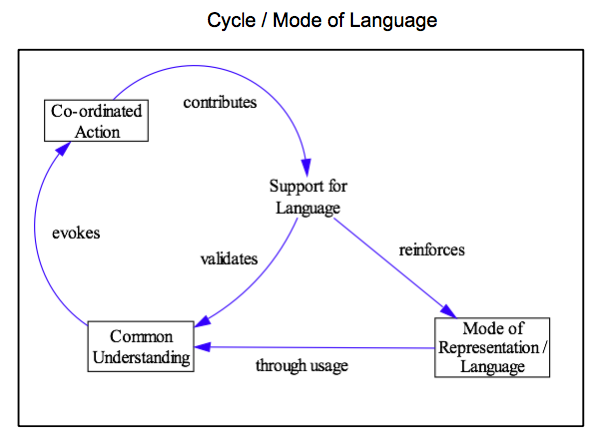This article is the continuation of the 5 part series about ‘The Secret Organisation’. The article documents some thoughts and findings based on research done in companies that have merged but fail to realise their combined potential. In some cases the overall value dropped as disenchanted employees and managers simply left.
When we view an organisation from a perspective of language, metaphor and representation, as suggested by Julian Day and Mike Jackson, we discover that the language spoken by many of the top management teams in organisations today, supports the view of being leaders in control of an organisation.
Interestingly, other groups within the same organisation e.g. the middle management team and the workers, mostly have ‘viability of strategic initiatives’ as drivers of their systems (Effectiveness of Board / EXCO, Cohesiveness of Marketing Strategy, Acceptance and Implementation of Strategic Direction, etc). This is normally a re-enforcement of the language that is used throughout the organisation. However, the underlying language spoken by these ‘lesser’ groups is not typically that of followers, on the contrary, it is more that of co-creators.
When we look at the beliefs senior management have about themselves we see that they talk the language of ’empowerment and initiative’ but often the actions of their senior team can contradict this language. It may be possible that the rest of their middle management mimic this by speaking the language of co-creation when in fact they too are not walking the talk.

In “experiments” done in organisations we found that where new language was developed through workshops and collaboration, the language never seems to permeate upwards only downwards through the organisation.
The modes of representation (reports, posters, meetings) are a further clue to the dynamics that abound in any organisation. Once again, any information that does not ‘fit’ into the understanding of the senior management team is usually either re-represented or in some cases discarded.
The use of common language or representation seems to co-ordinate action through common understanding within many organisations. These co-ordinated actions contribute to the use of common language and this support for the common language further entrenches its use within the organisation. The power and support of this organisational language can often be seen by the numerous requests made to consultants, to change the modes of representation to “fit in” with the common understanding of the organisation. Just think of the numerous times you have had to change a report that says the same thing only differently.
We need to understand more about the way a corporation manages the language they use. Disempowerment through language is an easy trap to fall into and it only alienates groups of people within an organisation.
Whilst research in this area is ongoing, we have managed to use some of Julian Day’s work to create methods to test the validity of the language used by leaders, managers and even employees. In a sense, we can test whether people walk the talk.
The next article in this series is Part 3 – Power in Business. It explores the relationships people have with each other from a Power Relationship point of view.
